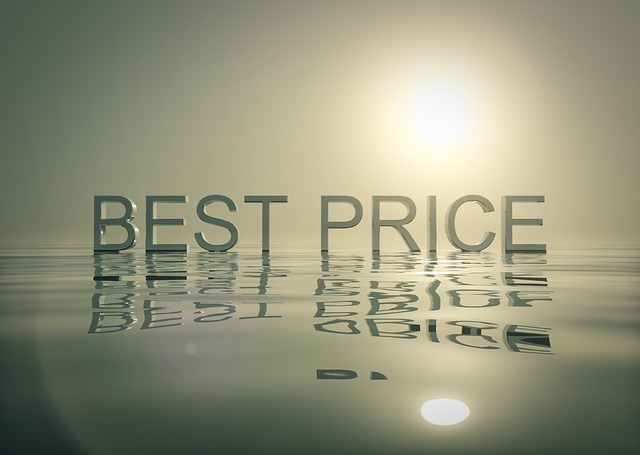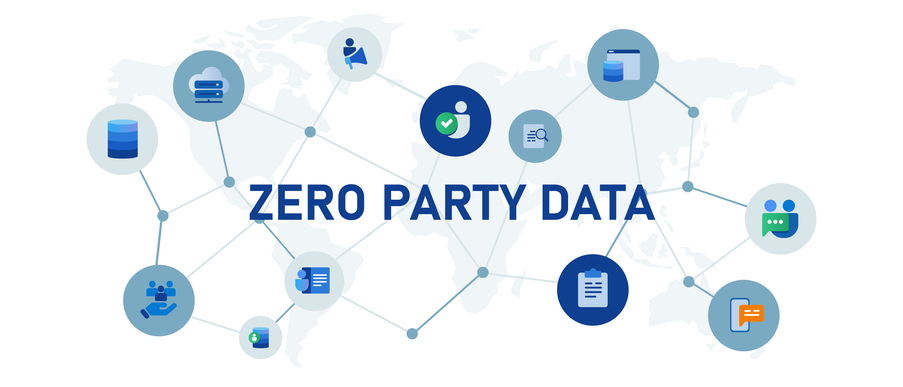Of all the questions I get asked by customers the one that’s most difficult to answer is ‘How much does it cost?’ OK, sometimes it’s easy. For instance, when you have a box with a price printed on it, there isn’t much room for discussion. But sadly, when you sell any complex product or service, this is rarely the case.
Of course, the question we all like to ask is, ‘How much do you want to pay?’ Perhaps more professionally expressed as, ‘What’s your budget?’ Unfortunately, these days this is unlikely to provoke a response; people are generally savvy enough to realise that this is one question you should never answer.
The good news is that finding the right answer for you and your customer can be a little more structured than plucking numbers out of thin air. You can often come up with a response that you have confidence in by considering the following factors:
Value
People buy products and services because of the benefits they offer. The price that you quote needs to be quantifiably less than the value they will derive. Quantifying the value of what you are selling is therefore an essential first step in the process. Sometimes your customers can’t quantify the value, but it’s almost always possible to do so, when you put your mind to it.
For instance, when I used to sell a postcode lookup service, I could calculate the time a company’s staff would save typing in addresses and even estimate the cost of each incorrect address. Sharing this information with the client won many brownie points and helped establish the value of the services we offered.
Needs
You can’t price a product or a service until you know all of the customer’s needs. This sounds obvious, but it’s more than selecting the right item from your catalogue and quoting a competitive price. I attended an open day at Cranfield School of Management where the speaker estimated that the segment of any market that decides on price alone is 10 per cent or less, which means that the vast majority of customers make purchasing decisions based on a combination of factors. It sounds surprising, but if it wasn’t true, we’d all wear £1 watches and drive around in Dacia Sanderos.
Identifying every customer need can be relatively easy to achieve. Asking them why they want to buy is the quickest and easiest first step. When you understand the context of their interest you can use this to enhance your proposition and offer more value. The better your proposition fits the overall requirement, the more the customer is going to like your proposition.
Differentiation
Once you have developed an understanding of all of your customers’ needs, you can start to differentiate yourself from the competition. If, like my own company, you provide sophisticated e-commerce websites, this can be relatively easy. That’s because there are a lot different aspects to a project you can focus on. But how do you do it if you sell baked bean cans and your competitor is Tesco?
It seems impossible, but it isn’t. Many small retailers achieve differentiation by setting themselves up on street corners and opening all hours. By offering a mix of food and housekeeping products from walkable locations they offer accessibility in return or a higher margin. Heaven knows it must be hard work, but it’s been successful enough for the major players to start copying them.
Competition
Knowing your competitors and their practices is essential if you are going to succeed. A few years ago I asked a local telecoms provider to quote me for a dedicated network connection between Weybridge and Chennai, India. The response was a carefully crafted proposal that identified how the benefits of using the service would reduce my annual costs by £75,000, which meant its price of £35,000 was a great deal. The next day I contacted an Indian provider who offered me the same service for £12,000!
You can guess who won, but it wasn’t really about the price. If our local supplier had done its homework, it would have discovered three things: firstly we were hoping to use a company because we were unsure about configuring the connection at our end; secondly, we’d probably have been willing to pay a bit more for the service, and thirdly we were a tech-savvy company with a range of options. Because it never really understood our needs and who else we were talking to, it never stood a chance of getting the business.
Don’t be afraid to lose
Finally, remember that there is one thing that is much worse than no business, and that is bad business.
When you price your products and services there is one thing you control and that is whether the pricing will work for you. So make sure it does and turn away business where it won’t. Buyers who know the price of everything and the value of nothing rarely make good customers, so avoid them.
I distinctly remember the first time I had to price up a deal. I approached my boss with the complete confidence he would know what the price should be. I was shocked when he didn’t and that it fell on me to come up with something appropriate. These days a large number of good and bad experiences have honed my skills. All the same, I rarely feel completely confident and still make errors. However, I know that by using these strategies I’m more likely to come up with an answer that works for both me and my customer.
Further reading on pricing: How to get your pricing right





